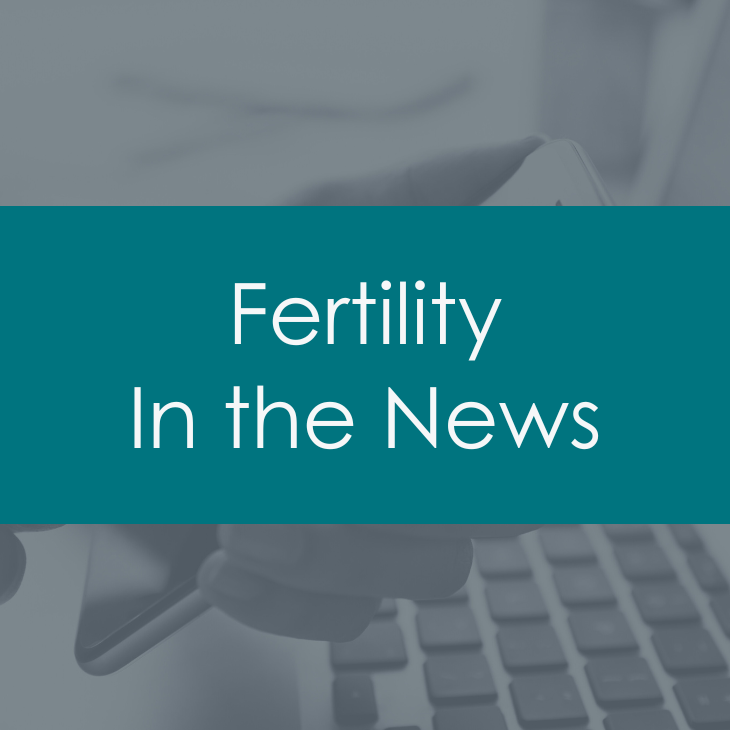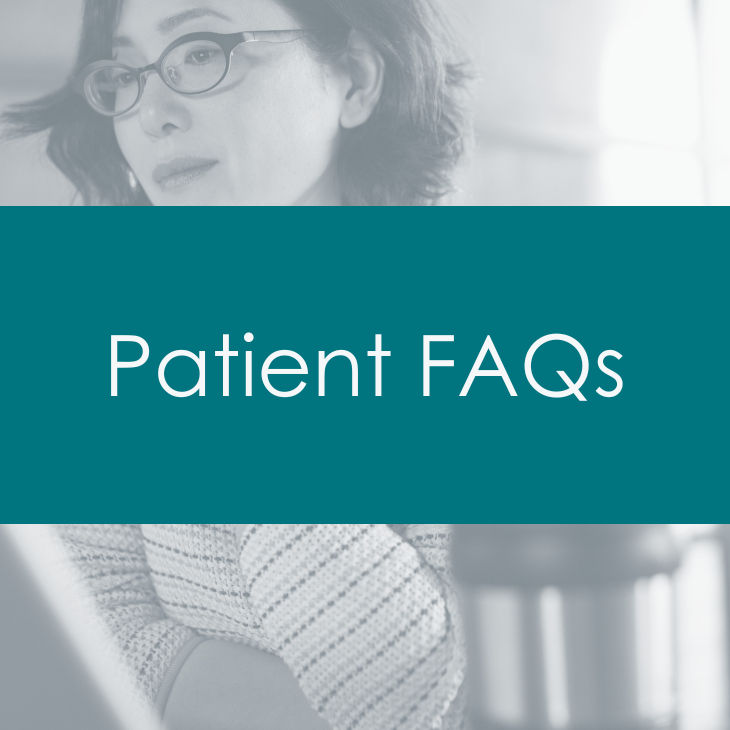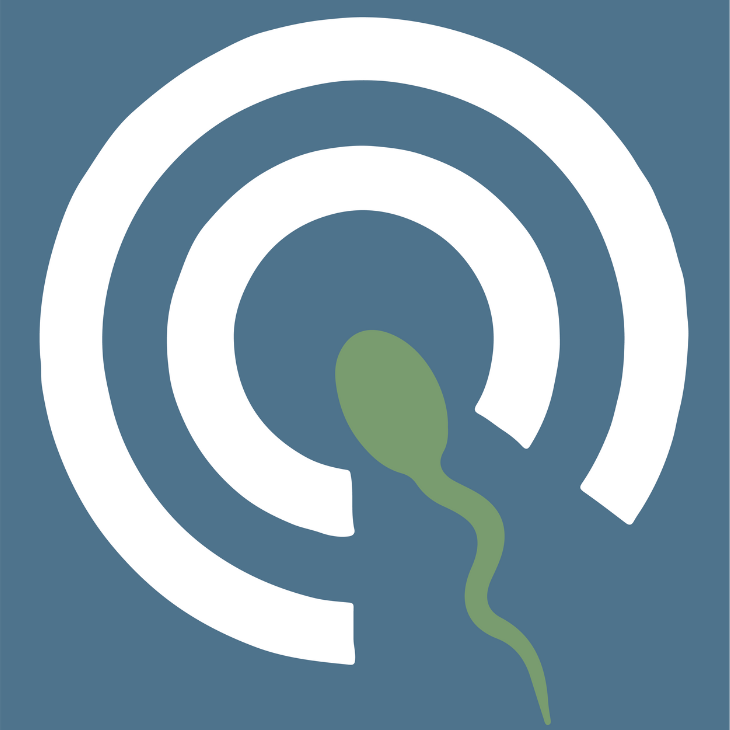
Revised 2023

What is PCOS?
Polycystic ovary syndrome (PCOS) is a common hormone disorder that affects 5-10% of women. Like all syndromes, PCOS is a collection of problems that are found together. Not all women with PCOS have all the same symptoms. To be diagnosed with PCOS, a woman must have 2 of 3 possible issues: chronic lack of ovulation (anovulation, where the patient does not develop and release an egg from the ovary on a regular basis), chronic high testosterone hormone levels (hyperandrogenism, which can lead to acne or excess facial and midline hair growth), and ovaries that have multiple small fluid-filled sacs (antral follicles). The follicles are different from large ovarian cysts.
How is PCOS diagnosed?
Because this condition is diagnosed by identifying several different problems, PCOS is diagnosed using a combination of physical exam findings, history, ultrasound (sonogram) results, and blood tests.
Women who have PCOS may complain of irregular or missed menstrual periods or a long time between periods (typically < 6 cycles per year). They may also be overweight, have increased hair growth (hirsutism), acne, or be unable to get pregnant.
 What risks do women with PCOS have?
What risks do women with PCOS have?
Some of the risks of PCOS are related to a woman not ovulating regularly. When ovulation doesn’t happen, it interrupts the usual hormone cycle and causes the lining of the uterus to be exposed to constant levels of estrogen without progesterone, since progesterone levels increase with ovulation. This can encourage the lining to become too thick and cause abnormal bleeding. It also may lead to uterine cancer or pre-cancerous changes. This lack of regular ovulation can also make it difficult to get pregnant (infertility).

How is infertility in women with PCOS treated?
Infertility in women with PCOS is due to failure to ovulate (produce and release an egg). Ovulation can be induced using oral medicine. Clomiphene citrate is a medication taken by mouth to stimulate ovulation. Letrozole is another oral medicine that is used and can be particularly helpful for women with PCOS. If oral medications are unsuccessful, injected fertility medicines called gonadotropins may be given to stimulate the growth of an egg. Women with PCOS must be watched very carefully when these medicines are used to make sure that they are responding appropriately.
If a woman is overweight, losing weight can also help improve ovulation patterns and fertility.
Insulin-sensitizing medicines such as metformin can help the body use insulin more effectively to improve ovulation.
This may also lower the risk of developing diabetes or metabolic syndrome.
In vitro fertilization (IVF) may help women with PCOS get pregnant if other treatments do not work.
How is PCOS treated in women not trying to get pregnant?

If fertility is not the goal, taking hormone medication usually helps to correct PCOS symptoms. Oral contraceptive pills (birth control pills) are often taken to reduce extra hair growth and acne. The pill can also make menstrual periods more regular, prevent pregnancy, and reduce the risk of uterine cancer. Metformin can also be given to help lower the risk of developing diabetes or metabolic syndrome.
Treatment should be tailored to each woman’s needs, symptoms, and particular situation, and may change over time. Talk with your health care provider to find out the best approach for you.
FIND AN EXPERT
ASRM can help you find a reproductive endocrinologist in your area that is knowledgeable on the subject of Polycystic Ovary Syndrome and who can help you on your PCOS journey..

Fact Sheets/Booklets
View more fact sheets and booklets written by the ASRM Patient Education Committee.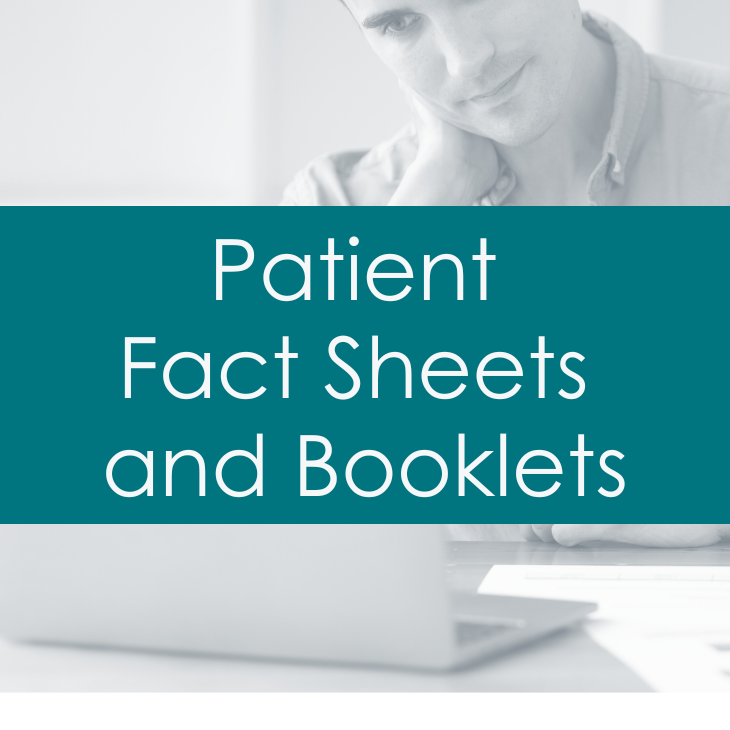
Menopausal Transition (Perimenopause): What Is It?
The menopausal transition (perimenopause) is the period that links a woman’s reproductive (childbearing) years and menopause.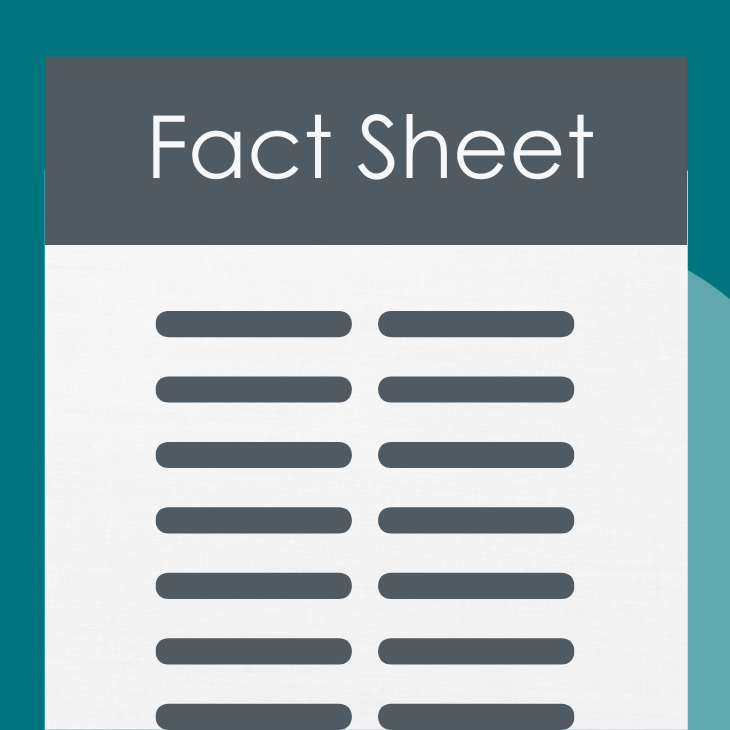
Osteoporosis
Osteoporosis and osteopenia are conditions of having low bone mass (density).

